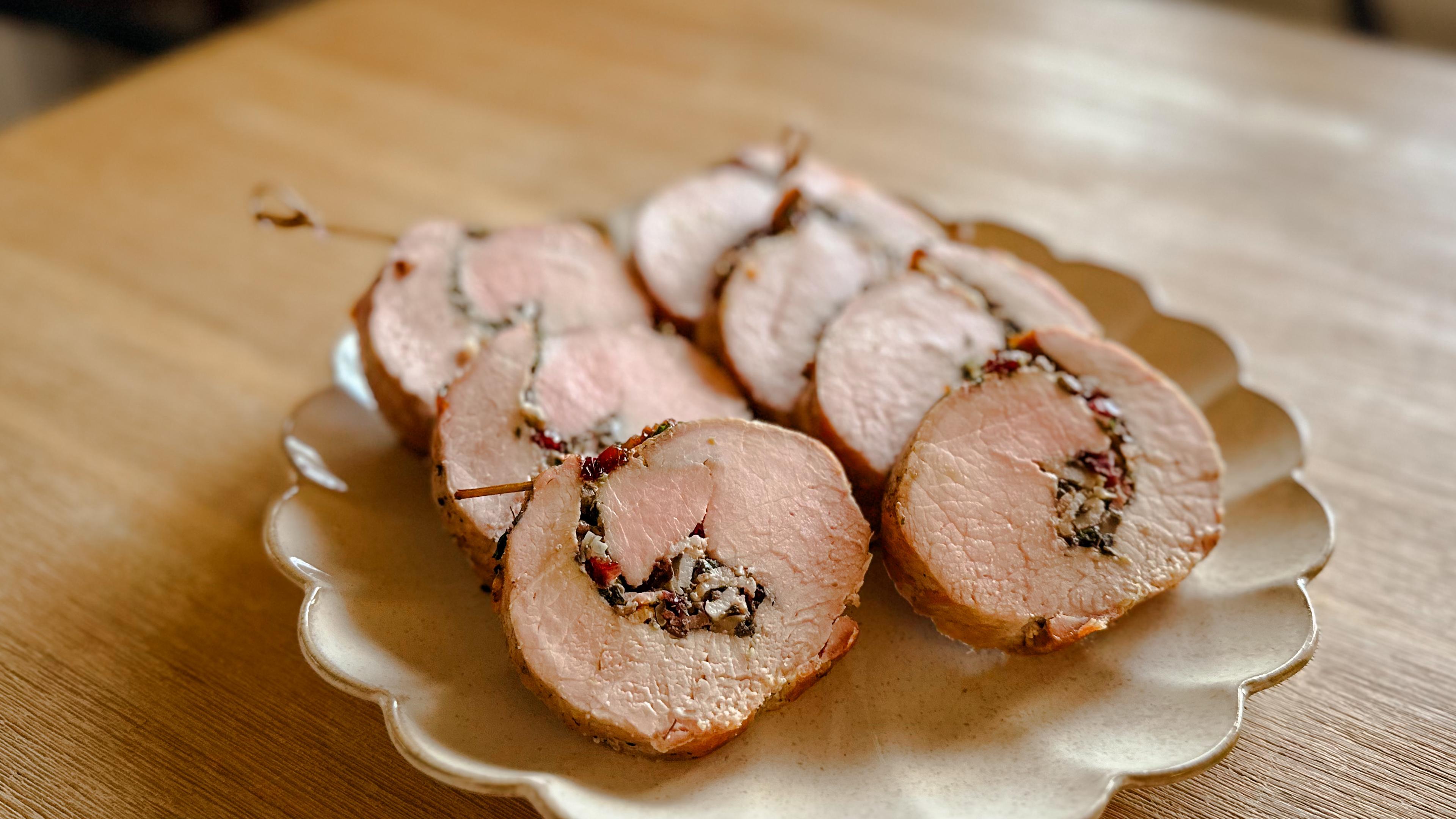For the Love of Cheese: Get to Know this Tasty Treat
Registered Dietician
| 5 min read

It is more than the word we say when posing for a picture. Cheese is delicious in my opinion, but it does contain fat, saturated fat and sodium, which are not the most ideal nutrients for your body. However, it also has protein and calcium, which are beneficial.
Cheese 101
The word cheese comes from the latin root word caseus. This root word gives us the word casein, which is the milk protein that is the base of cheese. Therefore, cheese is a milk-based dairy product.
Cheese comes in many different forms from many different countries all over the world. Cheese can be differentiated by animal that the milk comes from, such as the cow, goat, sheep, buffalo, horse, or camel along with the form of milk used, such as, raw, skimmed or pasteurized. As you can gather, there is a large variety of cheeses available, each with their own flavor.
Don’t Overdo It
Cheese is a unique product because it has many different nutrients from protein and dairy, but it also carries the less desirable fat: saturated fat and sodium. Once upon a time, it was categorized as a milk product, but now it is viewed more as a protein with varying degrees of fat depending on the cheese. If you are trying to lose or maintain your weight, cheese should be consumed sparingly. In general, try to choose cheese that is fat-free or low-fat to avoid extra calories. If you have high blood pressure, beware of the sodium content of cheese.
A serving of cheese is one ounce. This would be one slice of cheese. One ounce of cheese visually is the size of two dominoes. For weight loss goals, I recommend that you avoid any “protein on protein” food choices. For example, instead of having a cheeseburger, have a grilled cheese or a hamburger to avoid excess calories and fat. If you are a vegan or vegetarian, you don’t want to overdo cheese consumption as a protein source. I think one to two servings of cheese per day is a good rule to follow.
Ah, Cheese – Glorious Cheese
Here is nutritional data for some of my favorite cheeses. Please note the serving size for the following is one ounce, which is one serving. If you have more, be sure to calculate the numbers accordingly.
- Cheddar: 113 calories, 9 grams total fat, 6 grams saturated fat, 174mg sodium, 0 grams carbohydrate, 7 grams protein, 202mg calcium
- American: 50 calories, 2 grams total fat, 1 gram saturated fat, 400mg sodium, 1 gram carbohydrate, 7 grams protein, 191 mg calcium
- Mozzarella (part-skim milk): 71 calories, 4 grams total fat, 3 grams saturated fat, 173mg sodium, 1 gram carbohydrate, 7 grams protein, 219mg calcium
- Swiss: 106 calories, 8 grams total fat, 5 grams saturated fat, 54mg sodium, 2 grams carbohydrates, 8 grams protein, 221mg calcium
- Feta: 74 calories, 6 grams total fat, 4 grams saturated fat, 312 grams sodium, 1 gram carbohydrate, 4 grams protein, 138mg calcium
- Muenster: 103 calories, 8 grams total fat, 5 grams saturated fat, 176mg sodium, 0 grams carbohydrate, 7 grams protein, 201mg calcium
I personally like to use the low-fat versions for cooking because they taste similar to the original. Also, low-fat cheese is a better option for cooking because it does melt and cook properly. A few of my favorite low-fat cheese options include:
- Low-fat string cheese or other light cheese snack options
- Laughing Cow cheese in all flavors – light creamy swiss, light garlic and herb, light french onion, light blue cheese, light mozzarella (sun-dried tomato and basil), light queso fresco and chipotle, original creamy swiss
- Mini Babybel cheese in all flavors: original, light, bonbel, cheddar, gouda, sharp original, white cheddar
Here are some terrific recipes that use the Laughing Cow cheeses. A few of my favorites are:
If you would like more information on some of your favorite cheeses, you can look it up with the help of the Calorie King. Remember that choosing a fat-free cheese will help reduce calories, but not necessarily sodium content. Also, be careful when cooking with fat-free cheese as it does not melt like its full-fat counterpart.
Lactose Intolerance
If you have adverse reactions to cheese, please be sure to determine if you have dairy allergies or if it is just lactose intolerance. In general, lactose intolerance just means that one has difficulty digesting the lactose – or milk sugar – in dairy products. The more aged the cheese is, the less lactose it will actually have. If a cheese is aged for 3 months or longer, than it has very little lactose. Usually the longer a cheese is aged, the more firm it is. Also, the more processed a cheese, the more lactose it usually has – like Velveeta or other canned, jarred or boxed cheeses. So, have no fear my lactose intolerant friends – we can still have cheese.
Always keep in mind that high fat and sodium foods are not heart healthy. Remember, enjoy in moderation and try to pick the lower fat versions. For more on how to store and serve cheese properly, click here.
With the variety of cheese that is out there, what is your favorite cheese?
Photo Credit: Pexels





